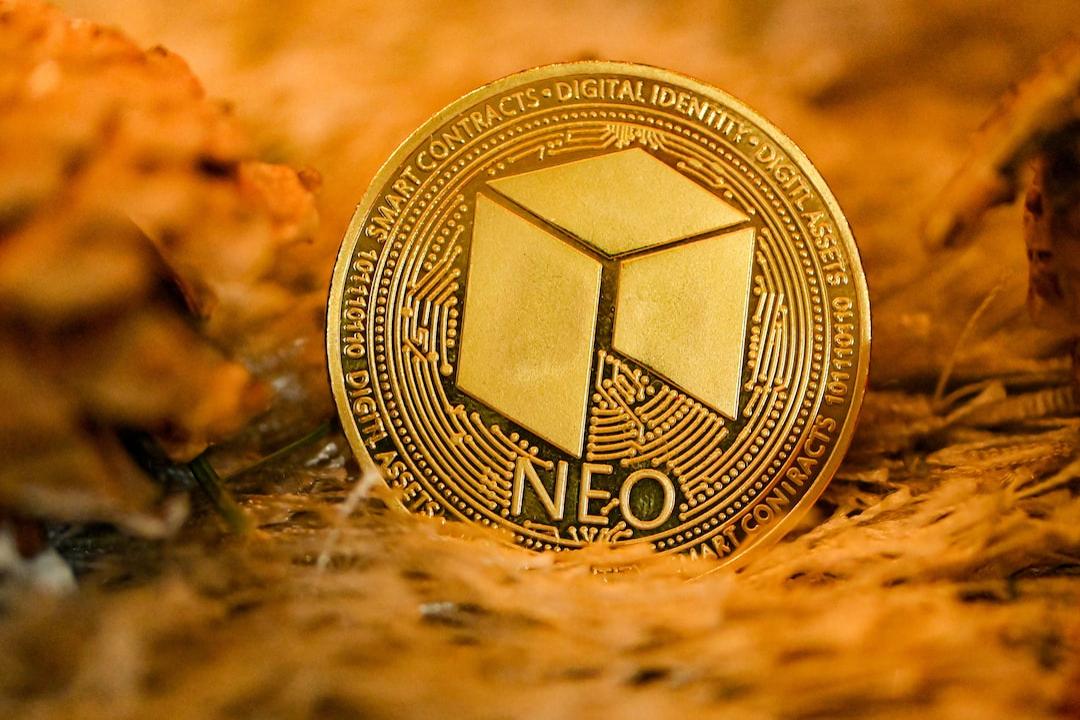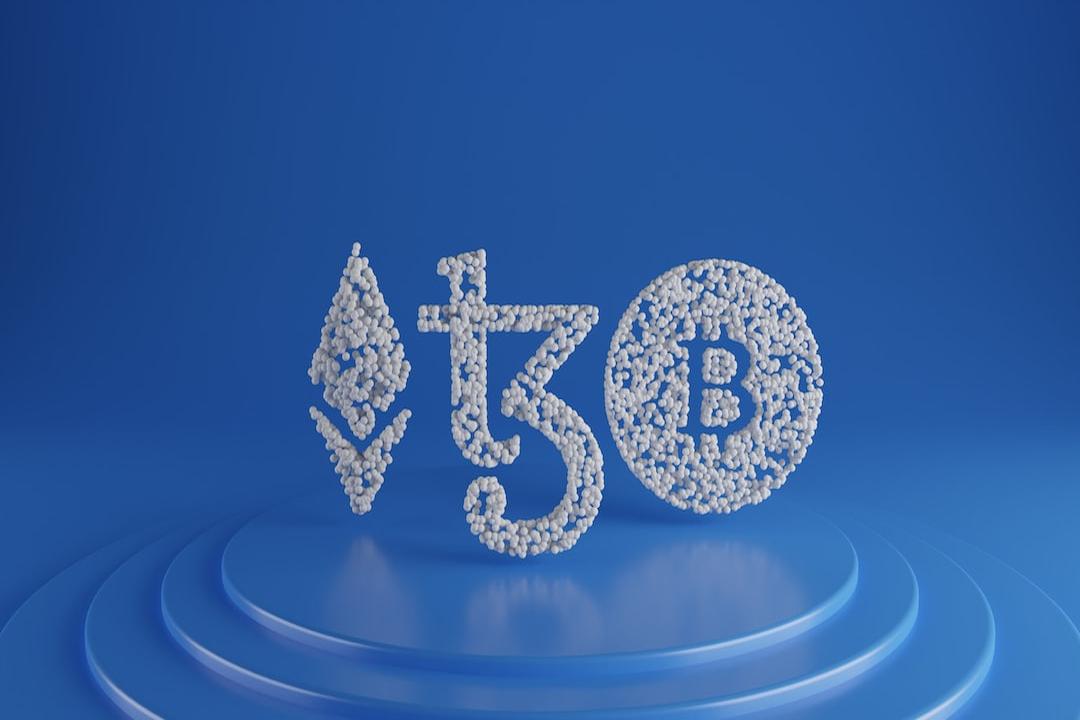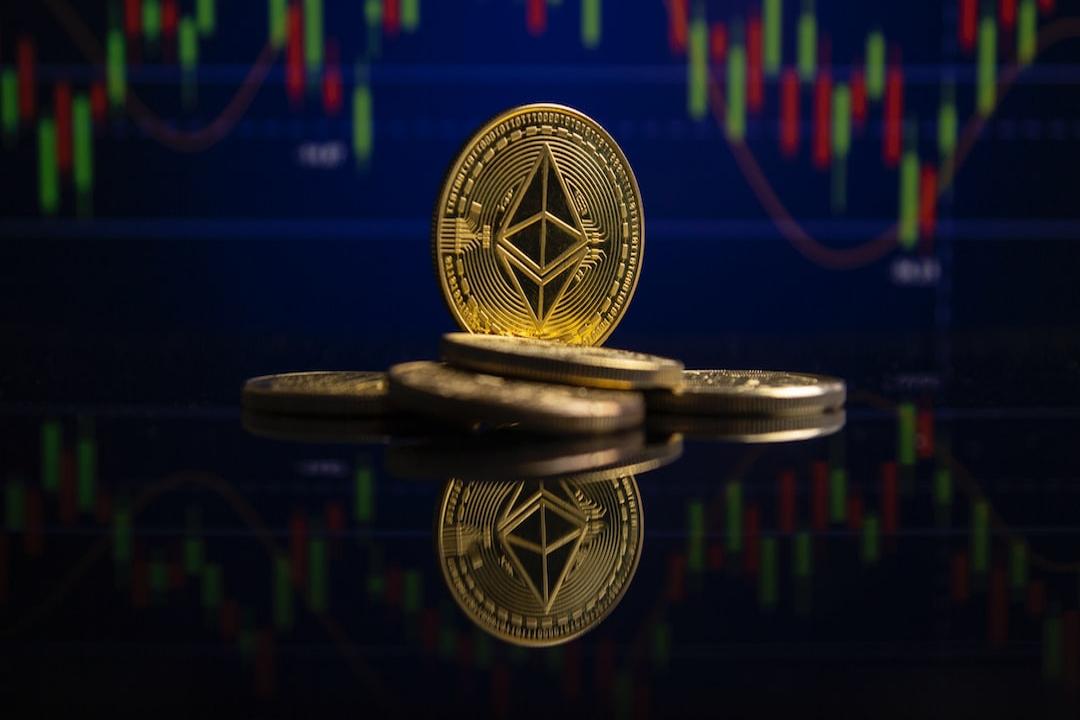Source: Hashrate Index
Today, Hashrate Index will launch a series of articles titled “Review of the Power Derivatives Market,” which will provide a monthly overview of the power derivatives market and explore the deeper reasons behind market fluctuations. As the trading market matures, Luxor aims to equip every miner with the knowledge to effectively manage power investments and operations, enabling a deeper understanding of market dynamics and encouraging active participation in market development.
As the inaugural article, this piece will analyze the power price trends, trading activities of power forward contracts, and the price performance of power forward contracts based on power prices in August 2024.
1. Overview of Power Prices
The Bitcoin mining market is experiencing the lowest monthly prices in both USD and coin-based power pricing in nearly seven years, setting a historic low for power prices. On August 5, Bitcoin miners faced a global asset sell-off storm, causing spot Bitcoin prices to plummet sharply, while network difficulty unexpectedly surged during the summer, leading to a stagnation in the transaction fee market characterized by low fees and low volatility. Ultimately, the USD-based power price fell to $37.70/PH/s/day.

USD-based power price (August 1, 2024, to September 1, 2024)
During August, the monthly average of USD-based power prices was $43.54/PH/s/day, starting at $45.47/PH/s/day at the beginning of the month and declining to $42.19/PH/s/day by the end. This drop was primarily influenced by the decline in spot Bitcoin prices, record-high network difficulty, and a low transaction fee environment. The coin-based monthly average power price was 0.0007246 Bitcoin, starting at 0.0007090 Bitcoin at the beginning of the month and slightly increasing to 0.0007141 Bitcoin by the month’s end.

Coin-based power price (August 1, 2024, to September 1, 2024)
2. Factors Affecting Power Prices
Last month, the average monthly price of Bitcoin was $60,063, a decrease of 4.15% month-over-month. It experienced a rapid decline at the beginning of the month, dropping from $66,100 to $50,725, a decrease of 23.26%. This decline was caused by a combination of worsening conditions in the U.S. labor market, unwinding of yen arbitrage trades following the Bank of Japan’s interest rate hike, and escalating geopolitical tensions. Despite Bitcoin recovering to $59,087 by the end of the month, it still represented a 7.86% decline from the beginning month’s price of $64,125.
Network difficulty surged by 10.5% on July 31, reaching a record 90.67T. It briefly decreased by 4.2% to 86.87T in mid-August and then rose again by 3.0% to 89.47T on August 28. The initial surge in network difficulty was unexpected by the market, partly due to high summer electricity demand in Texas and the ERCOT 4CP project.

Bitcoin price and network difficulty (July 30, 2024, to August 31, 2024)
Last month, the average transaction fees were at their lowest level in nearly two years, averaging 0.0797 Bitcoin per block per day. However, during the launch of the Babylon Protocol, transaction fees briefly spiked, with block rewards reaching up to 15 Bitcoin, resulting in Bitcoin miners earning an average of 0.15 Bitcoin per block per day, significantly increasing transaction fees. Subsequently, the power price briefly surged to $49.25/PH/day, reaching a recent high. However, after the Babylon Protocol’s hype subsided, miners’ average earnings fell to 0.0506 Bitcoin per block per day, a decline of 66.60%. Although the explosive growth in transaction fees was short-lived, it indeed increased miners’ profitability during the week. Transaction fees accounted for 2.43% of the block rewards that month. Without the Babylon Protocol’s boost to transaction fees, this ratio would have been 1.86%.

Proportion of transaction fees in block rewards (July 30, 2024, to September 1, 2024)
Due to the hype surrounding the Babylon Protocol, the volatility of power prices increased. As of now, August’s volatility is lower than that of January, April, May, and June, and is on par with the volatility of February and March.

30-day average power price volatility

Mining market data for August
3. Power Forward Contract Price Situation
Next, we will present the recent price changes of power forward contracts through charts, including the prices of power forward contracts for specific trading months and their constituent power forward contract price curves.
The following chart shows the price changes in the Bitcoin power forward contract market from March to August 2024. Rows represent monthly contracts, and columns represent trading months. The value in the first cell of each column indicates the settlement price of the power forward contract for that month, while the values in the remaining cells indicate the average midpoint price of the power forward contracts. This chart summarizes the trading history of August’s power forward contracts (from green to red rows) and the price curve of August’s power forward contracts (from red to orange columns). Based on these values, we can compare and analyze the price changes of specific trading months against other trading months, as well as conduct comparative analyses of specific trading strategies (for example, comparing a 6-month roll strategy with a 1-month roll strategy) with spot power prices. Finally, the settlement price of this month’s power forward contracts reflects the changes in specific trading months relative to spot power prices (represented in the chart as spot premiums).

Power forward contract market price changes

Performance of August 2024 power forward contract prices
4. Participants in Power Forward Contract Trading
The trading participants in August’s power forward contracts consisted of a diverse group of market participants. The main participants in deliverable power forward contracts (DF) and non-deliverable power forward contracts (NDF) were miners, lending institutions, and market makers. Miners sell NDFs to hedge risk exposure and sell DFs to finance upgrades to new-generation mining machines.
On the other hand, lending institutions lock in yields from holding DF long positions by selling NDF positions. We view the discount of DF relative to NDF as the interest rate in the power-backed loan market. Buyers and sellers of DF prepayments can use NDFs to lock in fixed yields or funding costs. In August 2024, this yield or funding cost had an annualized rate of 10-13%.

Composition of DF and NDF trading participants
Contrary to previous market expectations, power prices hit a historic low in August. Based on this, we believe that miners who use power forward contracts to hedge risks will earn significantly more than other miners. For example, miners who chose to sell August power in March (when power forward contracts were first listed) averaged $59.42/PH/s/day, well above the spot power prices. In other words, the earlier miners sold power for August 2024, the more Bitcoin they obtained.
In terms of income impact, the following chart illustrates the income performance difference between a miner with 1 EH power selling August power forward contracts and selling spot power that month.

Income performance difference between August power forward contracts and spot power sold that month
We found that some publicly listed mining companies did not sell August power forward contracts. Given the current trends in power prices, this is a decision that adversely affects their income. The following chart presents a hypothetical scenario where a publicly listed mining company hedged before the “halving” in March 2024 and compares its Bitcoin production with actual production by August this year.

Difference between hypothetical scenarios and actual conditions
We must note that this chart is for demonstration purposes only and is based on simplified assumptions: multiplying the actual Bitcoin production figures by the locked-in power price to derive the difference from spot power prices, excluding any potential costs and bid-ask spreads.
Additionally, hedging activities are typically accounted for as business costs to obtain predictable cash flows at a voluntarily incurred expense. This can enhance the company’s valuation, reduce funding costs, and improve the ability to attract investment.
5. Trends in Power Forward Contract Prices
In August this year, most trading participants remained in a “wait-and-see” attitude. Sellers were primarily miners hoping to lock in power prices, either to secure profit margins or to borrow funds and temporarily expand power. Buyers included not only miners but also speculators hoping to profit from a rebound in power prices.

Composition of trading participants
The following chart summarizes the evolution of the power forward contract market from September 2024 to January 2025 during August 2024. Rows represent specific monthly power forward contracts, and columns represent specific trading weeks. Cell values indicate the average midpoint price of power forward contracts on a weekly basis.

Changes in power forward contract market prices
By observing the values in each column, we can see the power forward contract price curve during August and the market’s expectations for future prices. From the beginning of August to mid-month, the market reacted with premium trading, but by the end of the month, it shifted to discount trading, as the market believed the spike in transaction fees triggered by the Babylon Protocol lacked sustainability. In fact, the prices of power forward contracts for different months all bottomed out at the beginning of August and rebounded by the end of the month.
6. Summary
At this stage, power prices continue to hover at historic lows. Based on this, miners may consider selling power forward contracts if the following situations arise. First, if power prices dip further. For example, a significant drop in Bitcoin prices pushing power prices down to $20/PH/s/day could make hedging strategies useful to avoid forced shutdowns. Second, despite unit earnings from power being at historical lows, the unit energy consumption of new-generation mining machines (i.e., per kilowatt-hour) has not reached historical lows, providing miners using new-generation machines with sufficient profit margins.
We can also view power prices from another perspective. Buyer participants may find the current power price environment an attractive entry point. Alternatively, miners whose power costs exceed the price curve of power forward contracts (for example, those using outdated mining machines or facing high electricity costs) can purchase power forward contracts to reduce their Bitcoin acquisition costs.
Finally, we reiterate that hedging is a risk management tool, and the results of locking in power prices may vary over time. As the industry continues to mature, miners who adopt an open attitude towards financial derivatives may benefit from smoother cash flows, lower funding costs, and increased confidence from investors
Subscribe to Updates
Get the latest creative news from FooBar about art, design and business.

